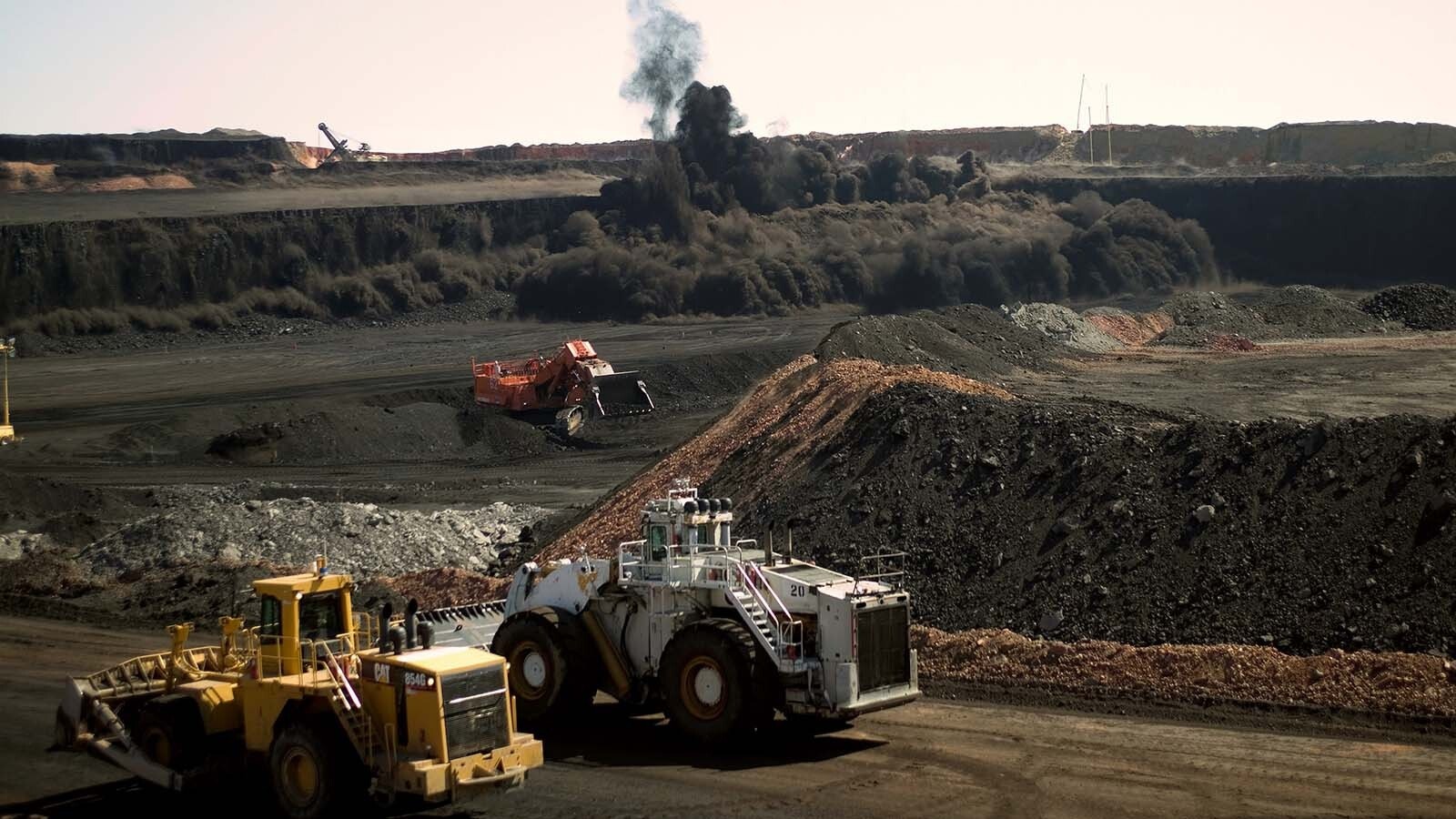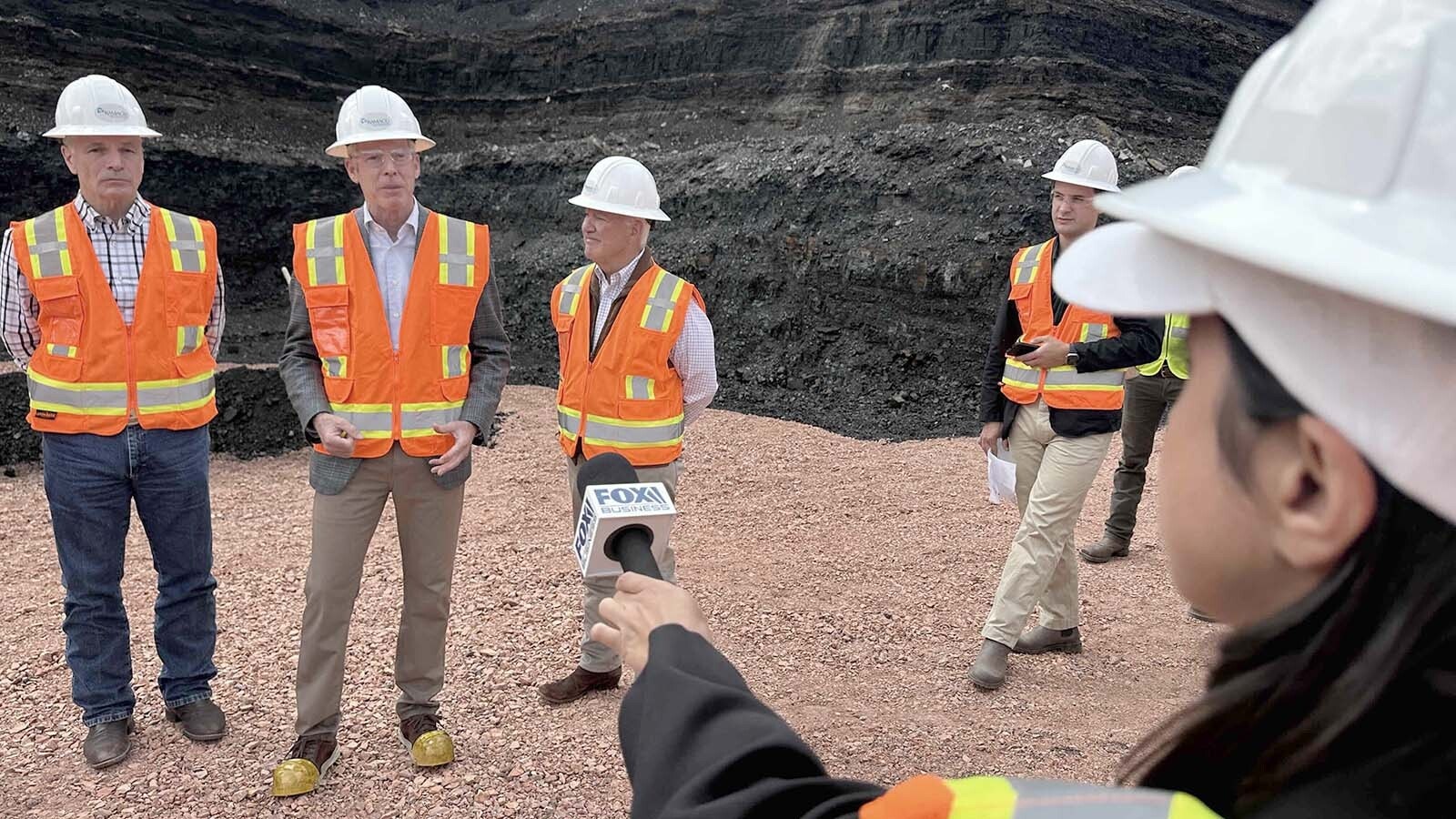The Wyoming Abandoned Mine Land Division will create nearly 800 jobs and generate about $200 million just this year in economic benefits with its mine land reclamation projects, it has announced.
The division, part of the Department of Environmental Quality, said in a news release it expects the number of projects it launches to reclaim abandoned mines to increase this year over 2019.
“Obviously, the core benefit of these projects is to reclaim the land back to productive use and reduce the environmental and human health impacts left by these abandoned mines,” Todd Parfitt, director of the Wyoming Department of Environmental Quality, said in the news release. “However, these projects have also financially stimulated Wyoming communities and our citizens for decades.”
The state has been working for more than 40 years to reclaim and remediate abandoned mine lands to avert environmental and human health impacts.
There are hundreds of abandoned mine lands all over the state, all of which were abandoned prior to the 1977 Surface Mining Control and Reclamation Act. Work to reclaim those properties generates economic benefits for both the state and its communities, the division said.
In 2019, the AML division had 86 projects with a total cost of $54 million, which varied from filling underground mine tunnels with concrete grout to filling large open pit mines with literal tons of dirt.
These projects helped employ 774 people. The 2019 projects pumped more than $155 million into the economies of communities.
So far this year, AML has had 39 projects that with a total cost of $29 million, but the division expects there will be a total of 96 projects amounting to $67 million by the end of 2020.
It’s estimated the economic benefit will be $201 million.
Since 1977, more than 25,000 acres have been reclaimed and 110,942 cubic yards of concrete grout have been placed in underground mine workings by the DEQ and the division.
These underground mines are found throughout Wyoming in many communities. Underground mine workings can lead to sinkholes or subsidence.
“Wyoming’s management of the AML program has transformed former coal mines into hundreds of acres of pasture, trees and water features,” Gov. Mark Gordon said in the release. “It truly is a form of recycling. Wyoming gets the benefit of millions of dollars from the coal and these areas are restored for the benefit of our communities. During these challenging economic times, we have lengthened our stride to provide jobs through this valuable program.”
The funds for the AML projects are generated through a fee assessed on each ton of coal produced. The revenue is then distributed to coal-producing states for use in reclamation projects.
“As Wyoming produces most coal nationally, we in turn pay the most into the AML program to help remediate these abandoned sites,” Alan Edwards, DEQ deputy director and AML administrator said in the release.
According to Edwards, the AML fee collection is slated to end in 2021 if the program is not reauthorized by the U.S. Congress.
Both U.S. Sens. John Barrasso and Mike Enzi have brought forth a new bill for reauthorization of the abandoned mine land fee.





